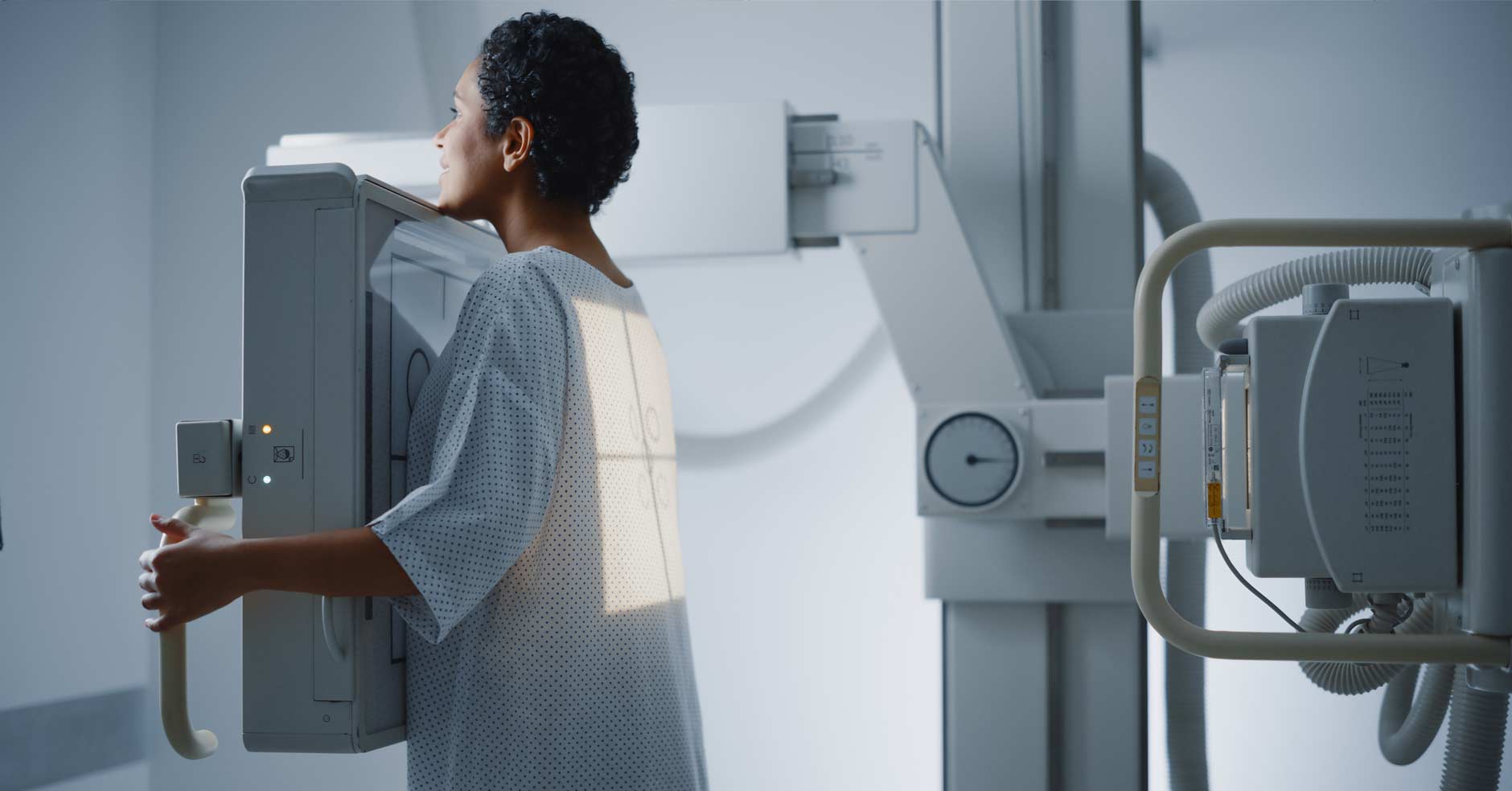FRANKFORT Lung cancer is the leading cause of cancer death in Kentucky despite being the third most common type of cancer. Over 4,500 mothers, fathers, sisters, brothers, sons, and daughters are diagnosed with lung cancer each year. While this number is still too high, the rate of lung cancer incidence has fallen dramatically over the past thirty years in the state, mirroring the reductions in cigarette smoking and the increase in indoor smokefree spaces.1
Cigarette smoking remains the top cause of lung cancer, with eight in ten cases tied directly to the patient’s own cigarette use.2 However, it is important to note that radon exposure (a colorless, odorless gas that is naturally found in some types of rock), occupational exposure and exposure to secondhand smoke are risk factors to lung cancer as well, all of which can multiply one’s risk of cancer.
In the past, lung cancer was a death sentence, but with modern medical technology and medications, lung cancer can be treated if caught at an early enough stage. Six in ten adults will be alive five years after diagnosis if lung cancer is caught at a localized stage.3 If cancer is caught early patients will not only live longer but also have a higher quality of life. Unfortunately, only 24 percent of cancers are caught at a localized stage. This is why screening is so important.
Current recommendations for an annual low-dose CT scan are for those:
- 50 to 80 years old
- Have a 20-pack-year smoking history
- Currently smoke or have quit within the
past 15 years.4
Low-dose CT scans are quick and painless and involve no needles or dyes. For those who meet the screening criteria, an annual lowdose CT scan is covered by insurance with no co-pay to the patient.
Before sending a patient to be screened, it is important to have a conversation with them about the risks and benefits of screening.5 For example, a low-dose CT scan does have minimal radiation exposure, but it is still radiation exposure. A patient who is in otherwise poor health may decide they would decline to pursue treatment if diagnosed with lung cancer and may prefer to enjoy their current time without additional worries. It is important to respect the wishes of each person.
It is also important to counter any shame, stigma, or fatalism that patients may experience. Cigarettes are designed and manufactured to be addictive and have been heavily marketed to appeal to consumers. Historically, cigarettes were even marketed toward teenagers. There is no shame in being human and having a human brain hijacked by a drug. Free help is available for Kentuckians who want to quit smoking, or using other tobacco products, at www.quitnowkentucky.org or by calling 1-800-QUIT NOW.
Patients should know that cancer treatment is evolving all the time. In the early stages, laparoscopic surgery and newer medications have good success rates. The key really is early detection.
Lung Cancer Screening Day
Lung Cancer Screening Day is an opportunity to emphasize the importance of lung cancer screening as well as open screening centers during non-traditional hours to reach patients who may not be able to access an appointment during the week. This year Lung Cancer Screening Day was Saturday, November 11.
Unfortunately, Kentucky is often near the bottom of national health rankings. However, when it comes to lung cancer screening, Kentucky is leading the pack. Kentucky consistently ranks second or third in the nation for the percentage of eligible patients receiving screening. In 2002, 14.7% of eligible patients were screened, compared to a national average of 5.7%.6
But we can do better than that, and Lung Cancer Screening Day is one way to do it.
Lung Cancer Screening Day is an opportunity for health care systems to open screening centers during non-traditional hours to meet the needs of patients who can’t make appointments during the week.
We know that patients who are lower income, live far away from screening centers, have low literacy levels, or are underinsured are less likely to access cancer screenings. Holding hours on the weekend or evening hours is one way to provide the flexibility that can make it easier for at-risk patients to get necessary screening.
If this is something that is of interest to you or your health care system, the National Lung Cancer Roundtable has a toolkit for screening centers and health care systems that includes marketing, materials for patients and financial planning tools. This kit can be accessed at https://nlcrt.org.
Even once Lung Cancer Screening Day has passed, health care providers can continue to refer to lung cancer screening year-round. And many screening facilities have evening and weekend hours year-round to better serve their patients.
- Age-Adjusted Invasive Cancer Incidence Rates by County in Kentucky, 2020 – 2020. Based on data released Nov 2022. Kentucky Cancer Registry. Cancer-Rates.info.
- What Are the Risk Factors for Lung Cancer. U.S. Centers for Disease Control and Prevention.
- American Lung Association. State of Lung Cancer Report 2022: Kentucky.
- U.S. Preventive Services Task Force. Lung Cancer: Screening. Rockville, MD: U.S. Dept. of Health and Human Services, Agency for Healthcare Research and ality.
- Lowenstein, L. M., Deyter, G. M. R., Nishi, S., Wang, T., & Volk, R. J. (2018). Shared decision-making conversations and smoking cessation interventions: itical components of low-dose CT lung cancer screening programs. Translational Lung Cancer Research, 7(3), 254–271.
- American Lung Association. State of Lung Cancer Report 2022.


